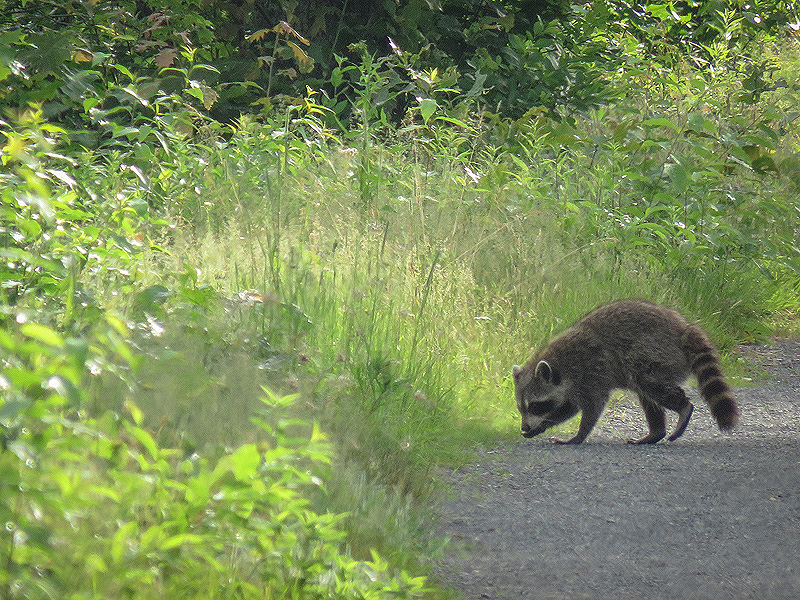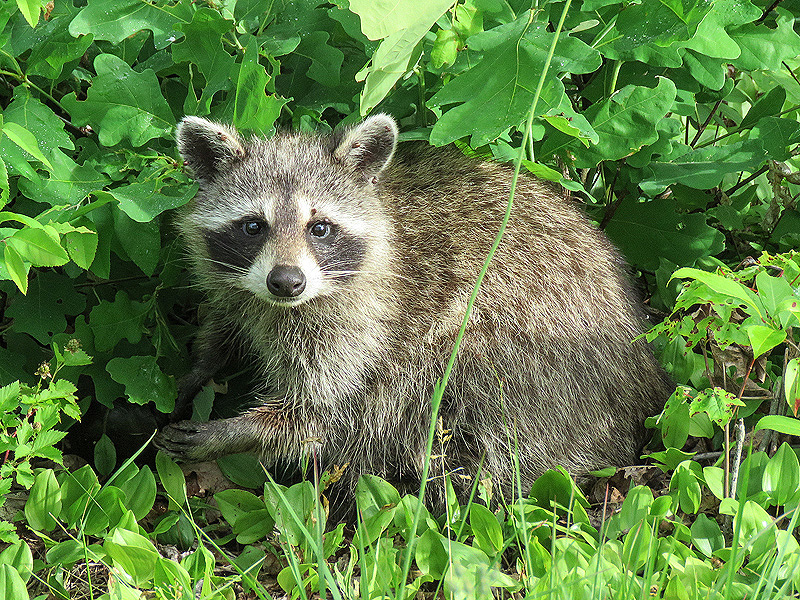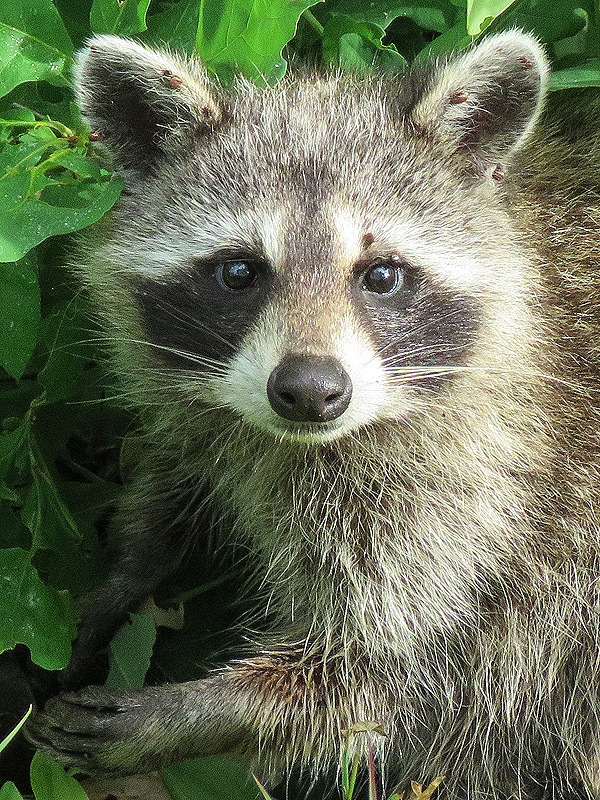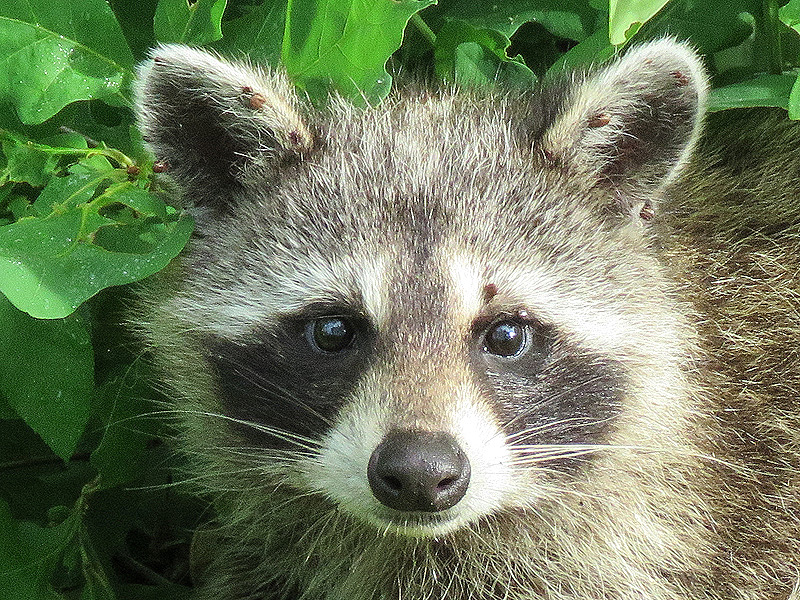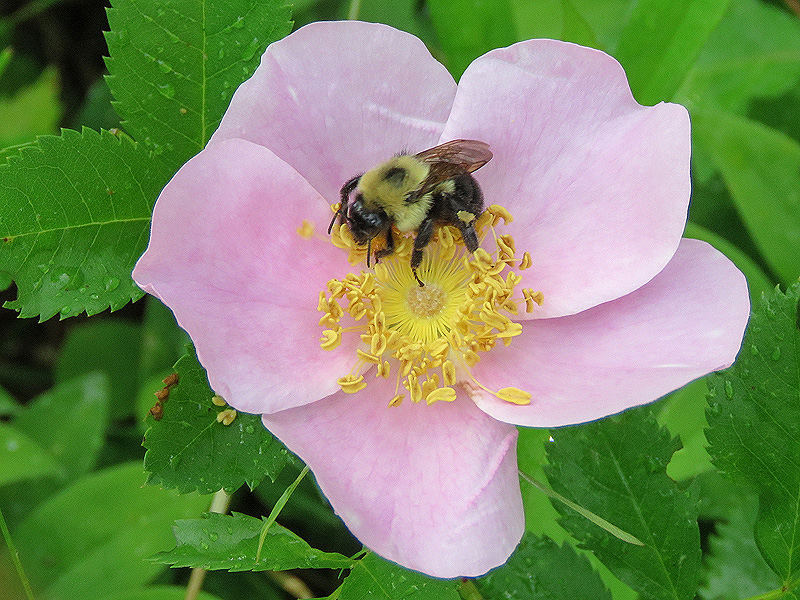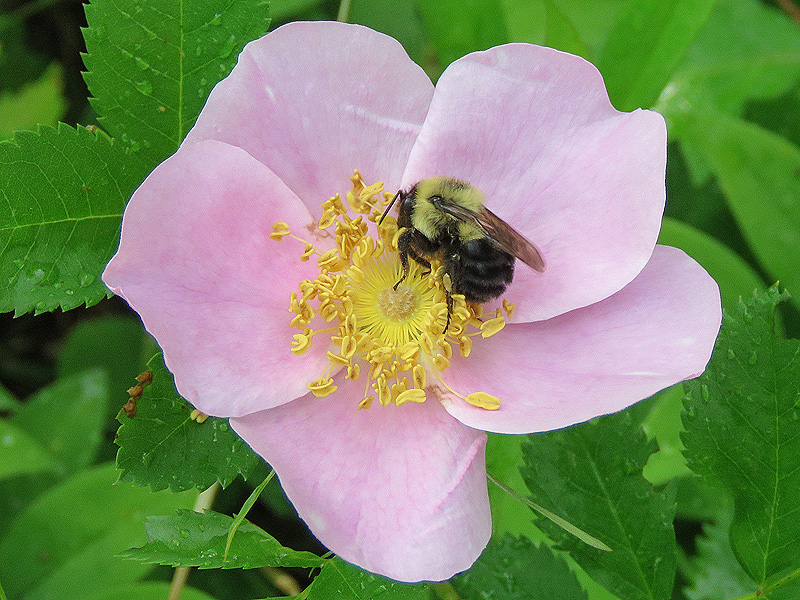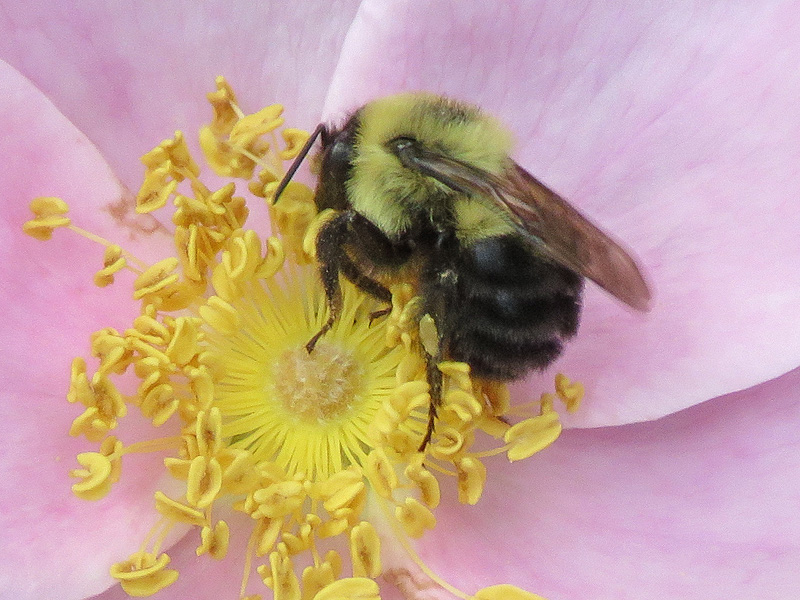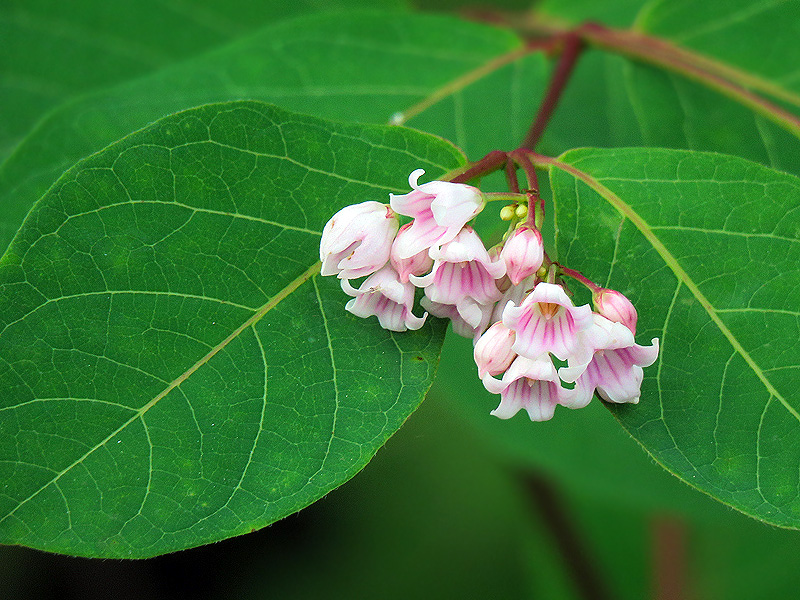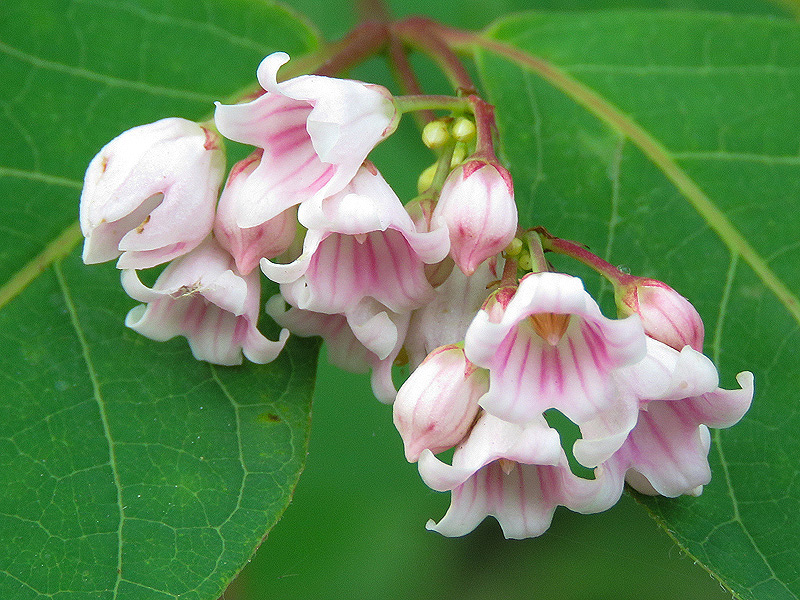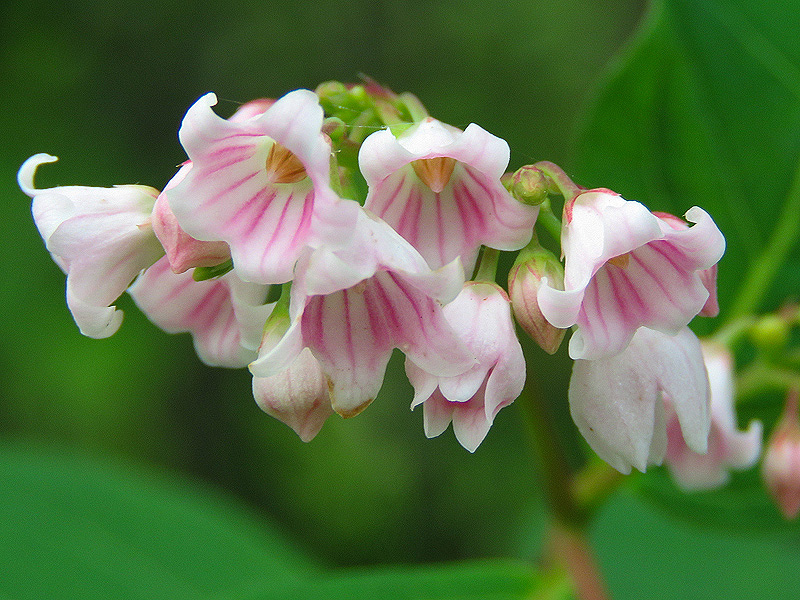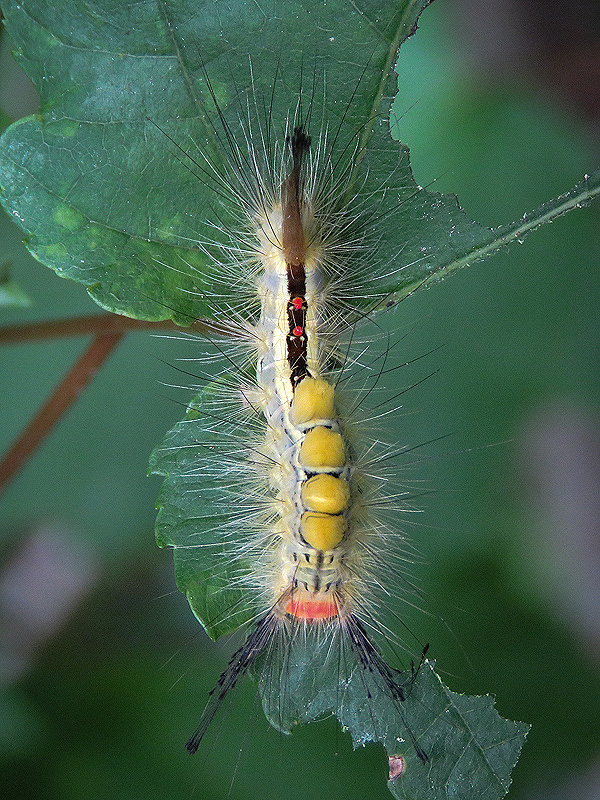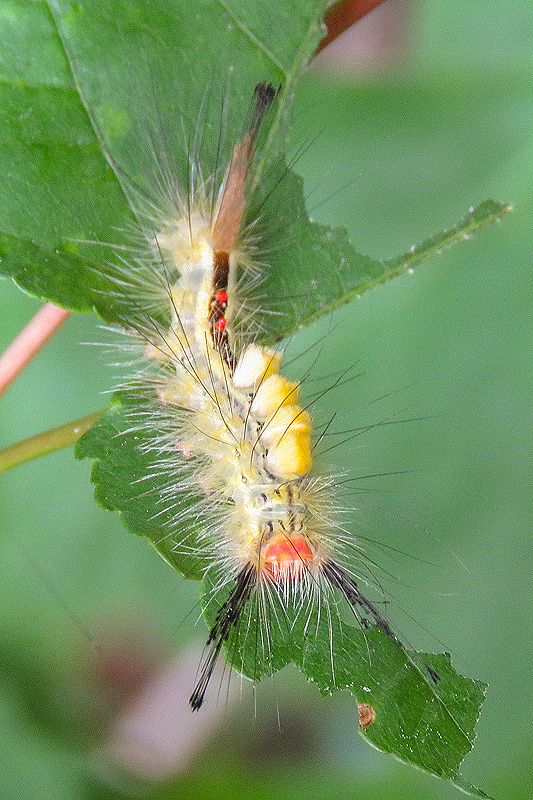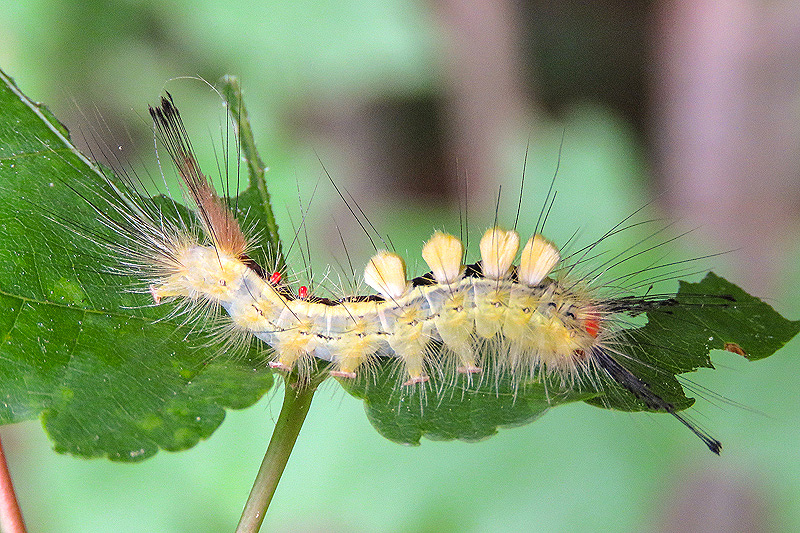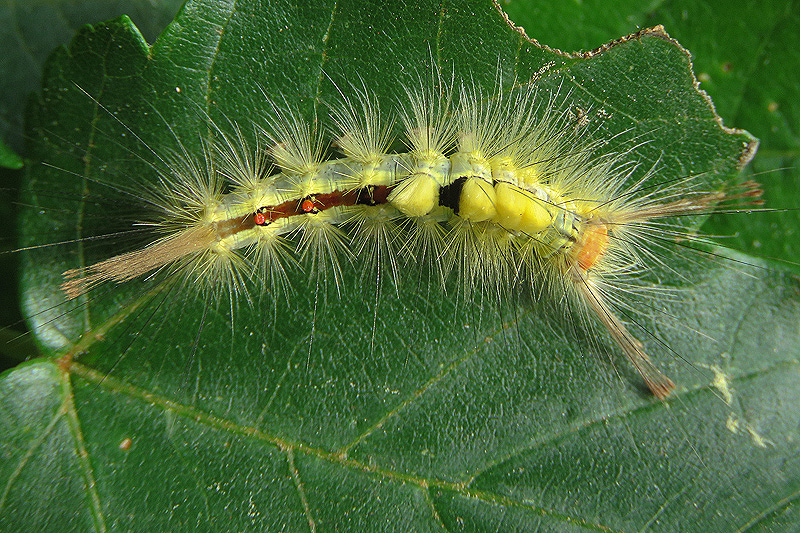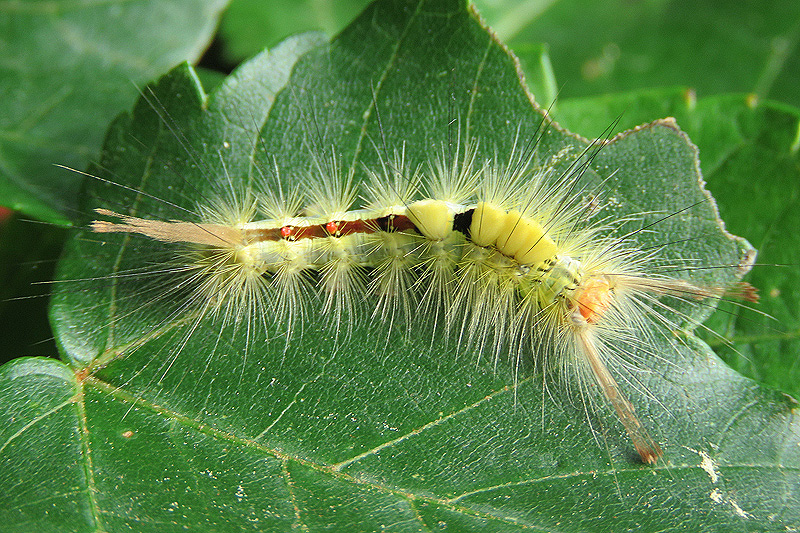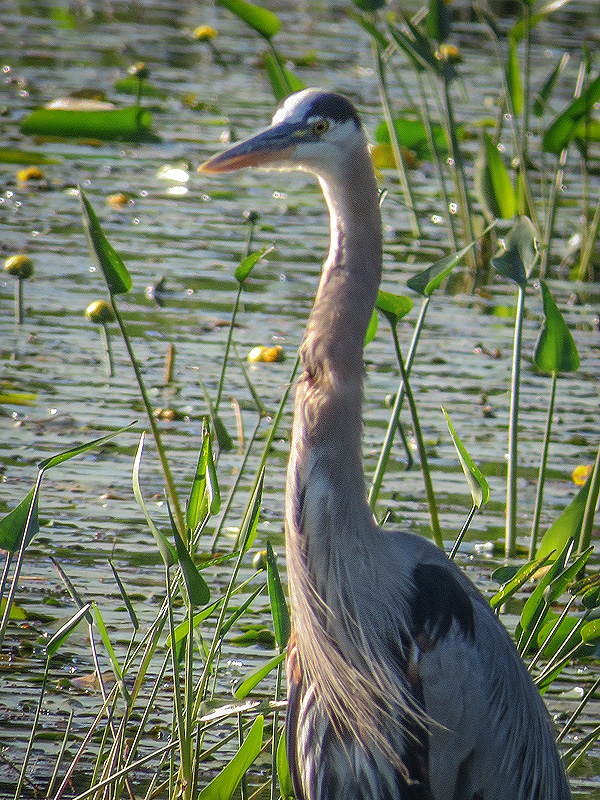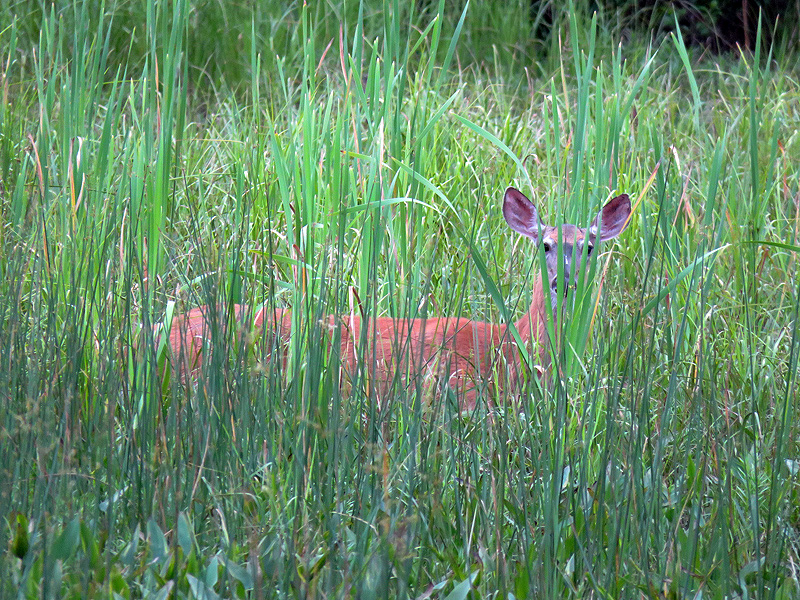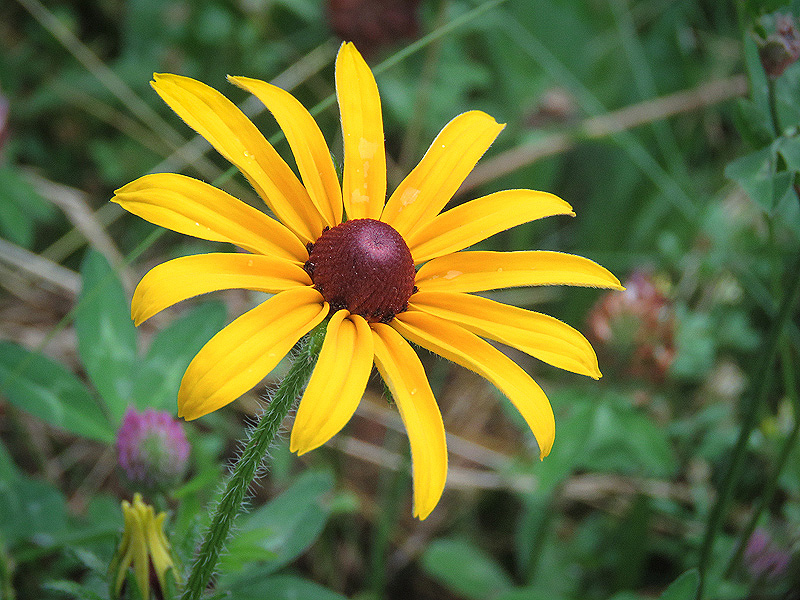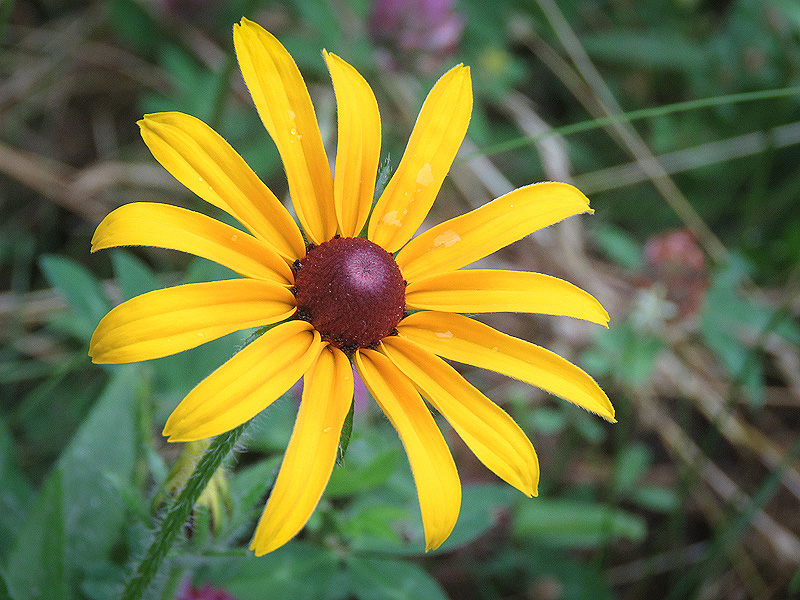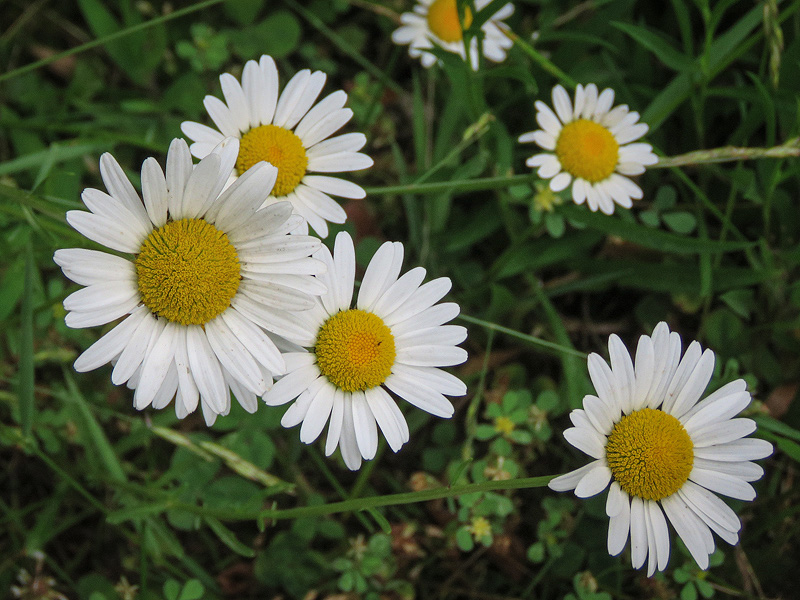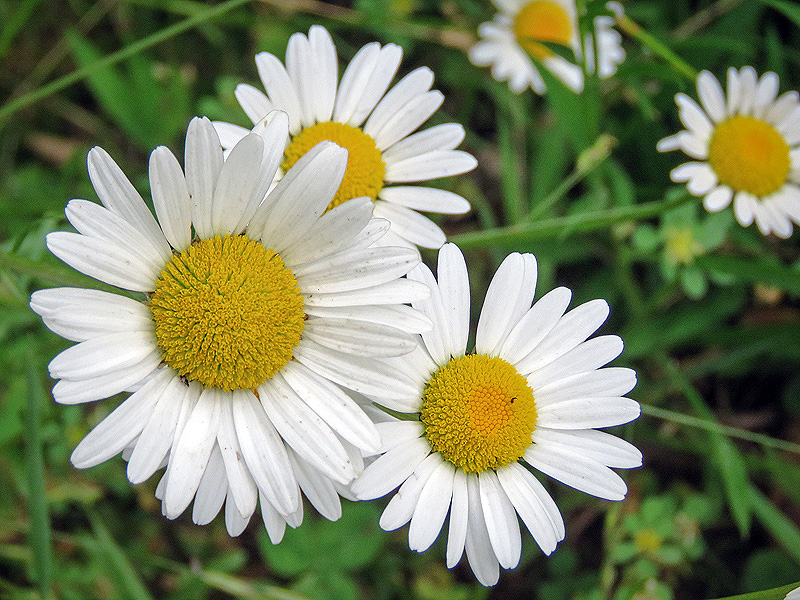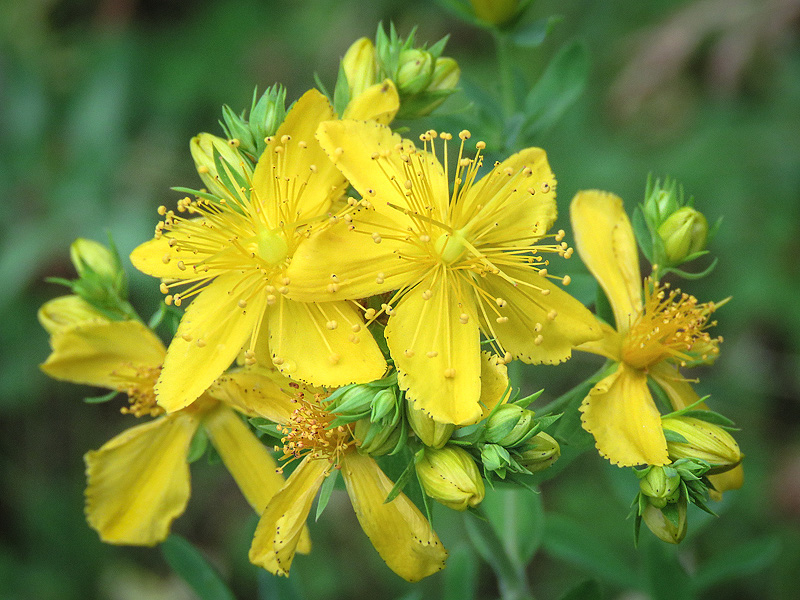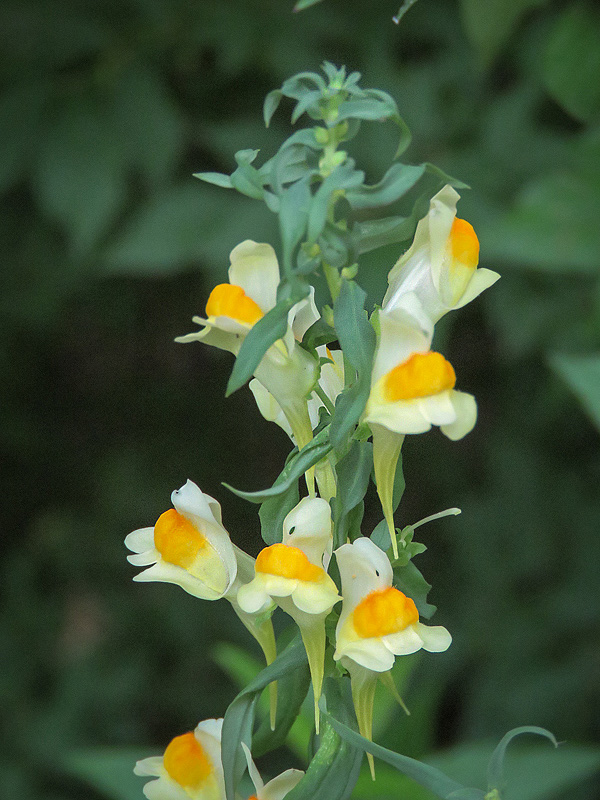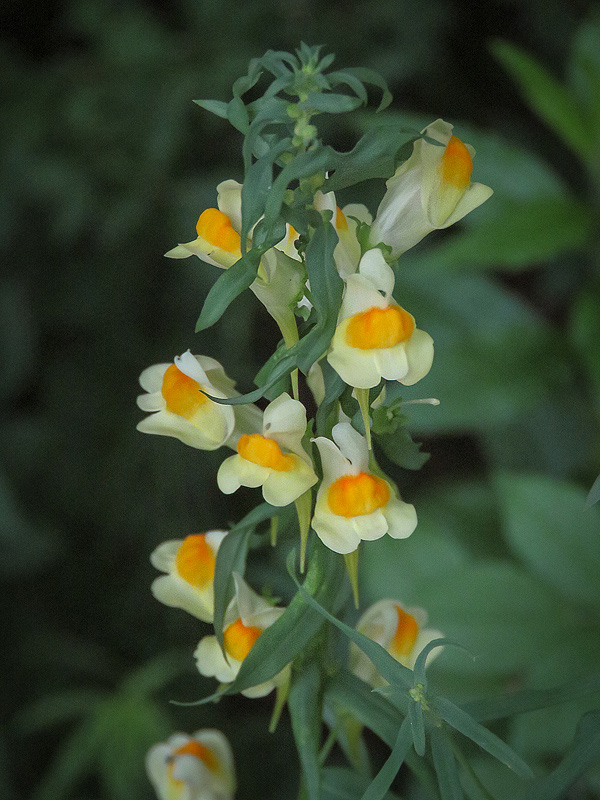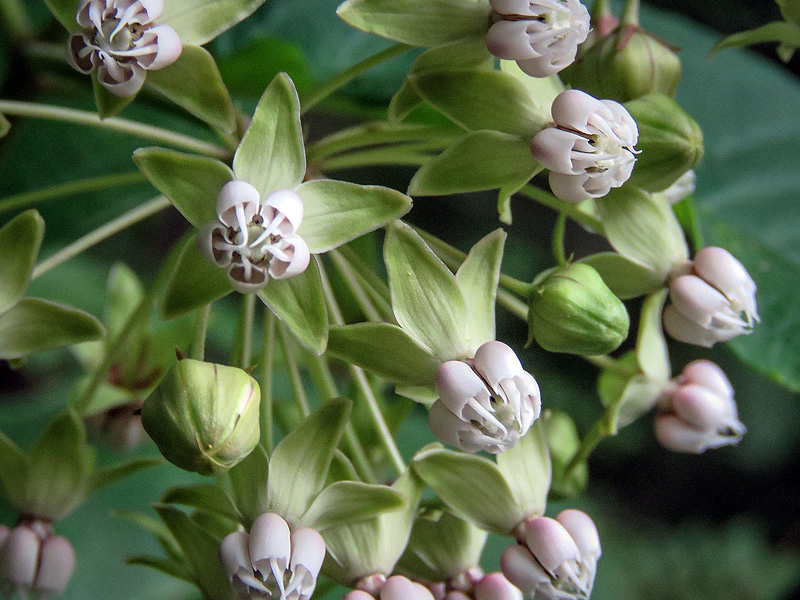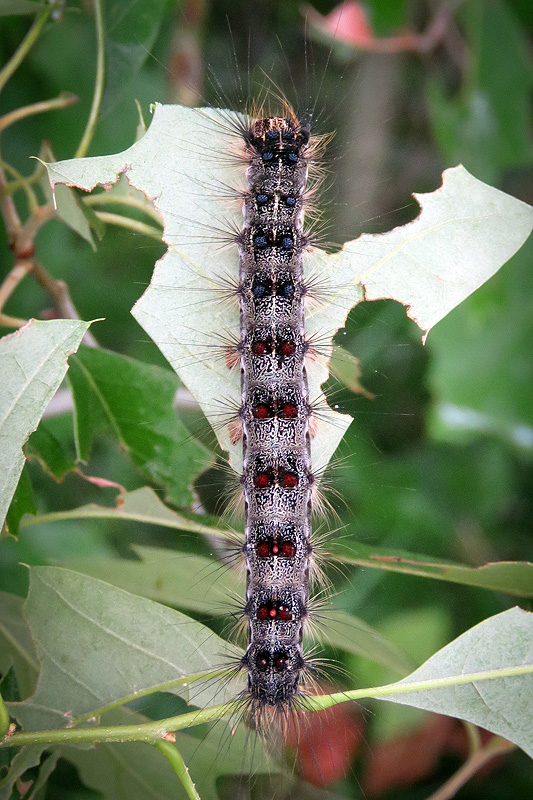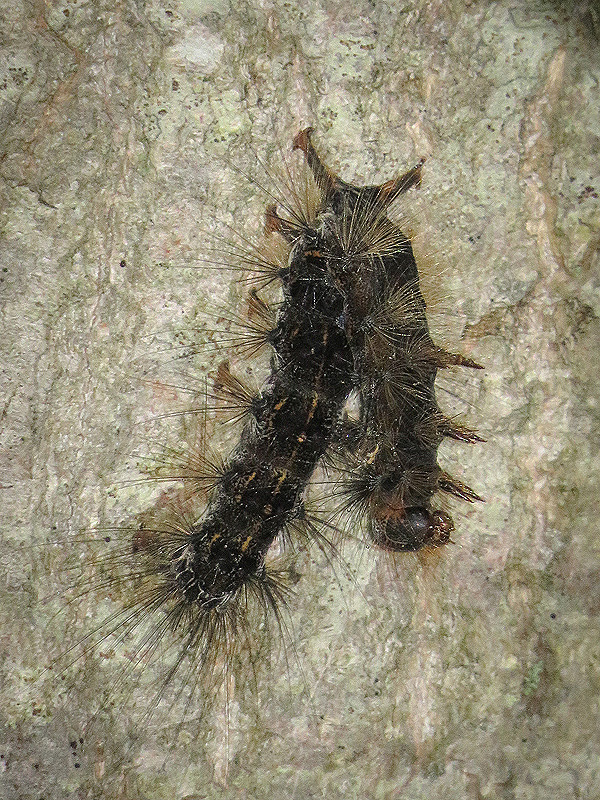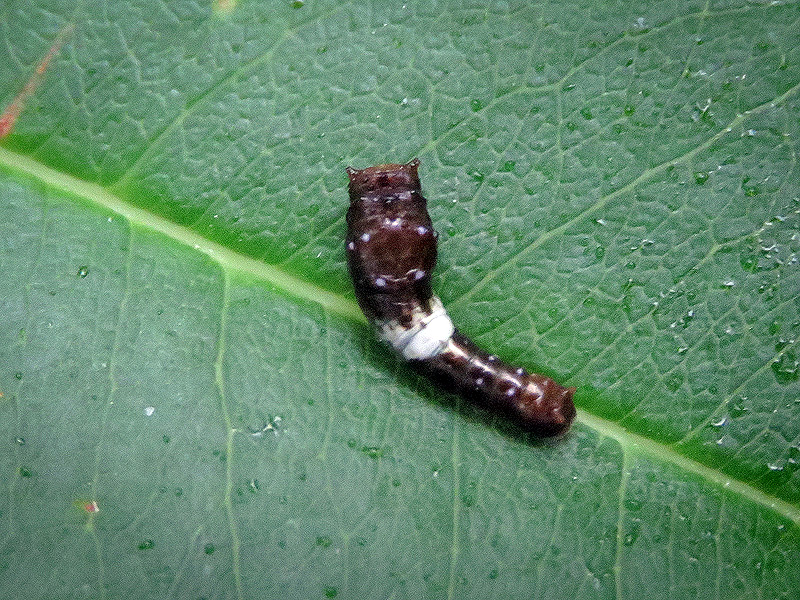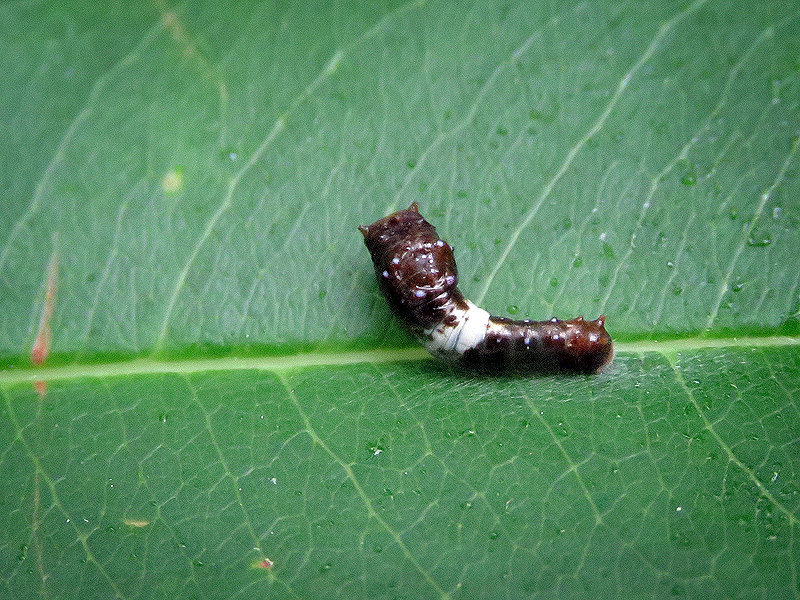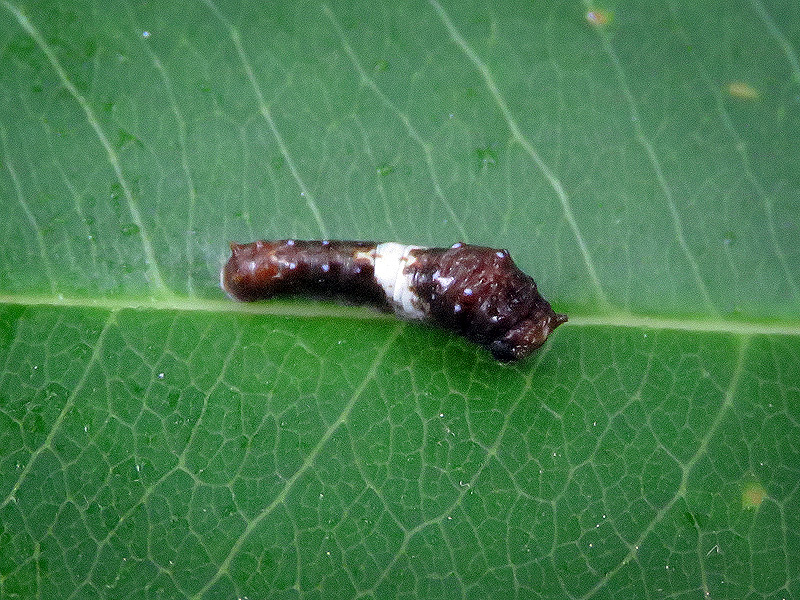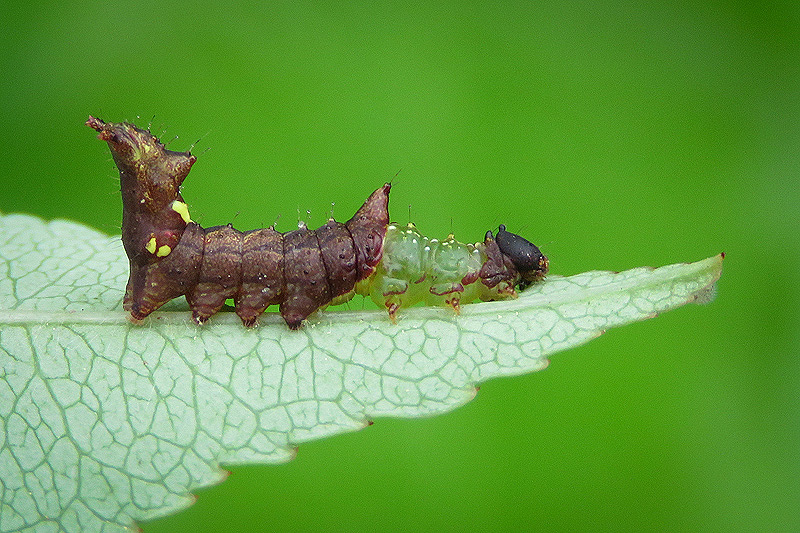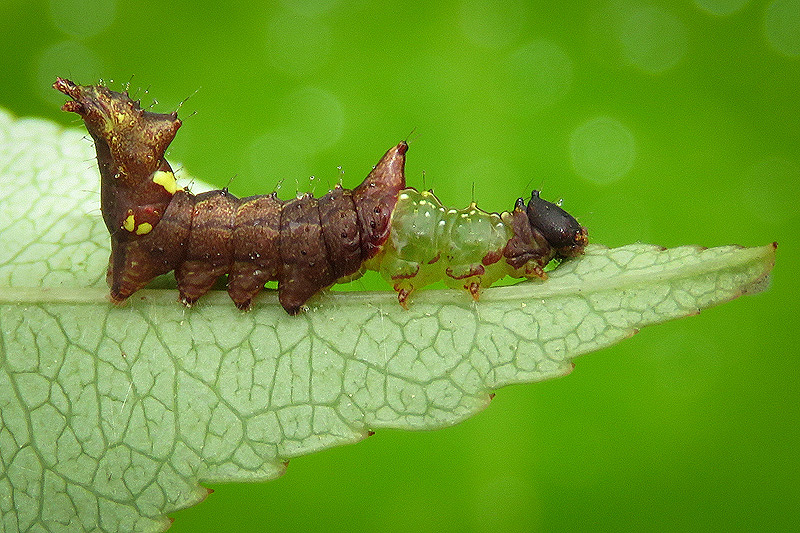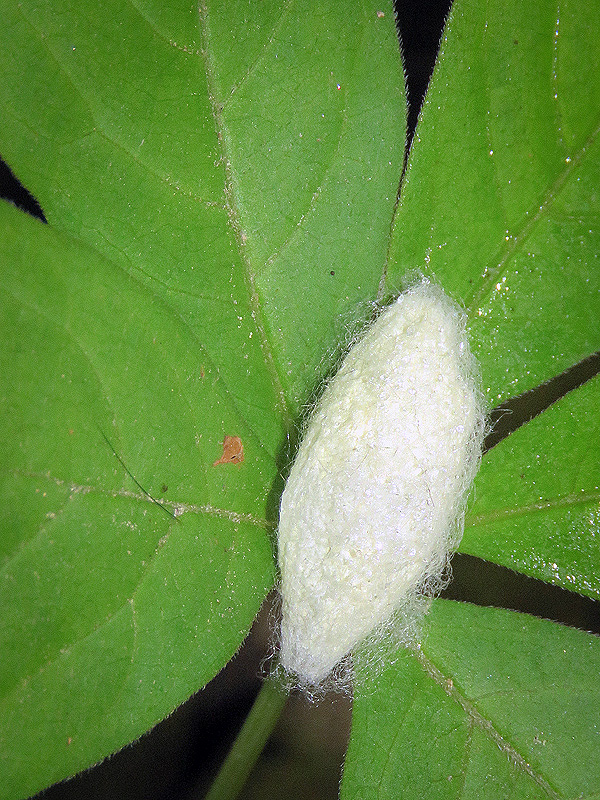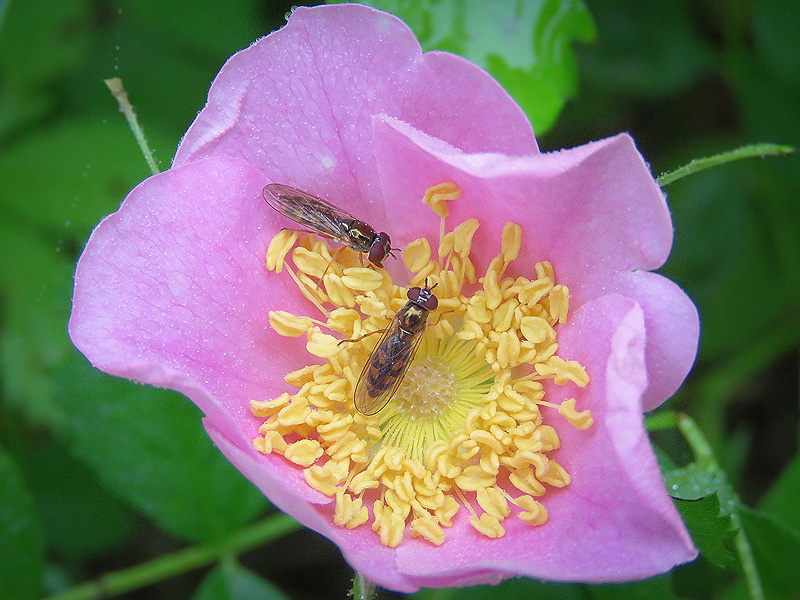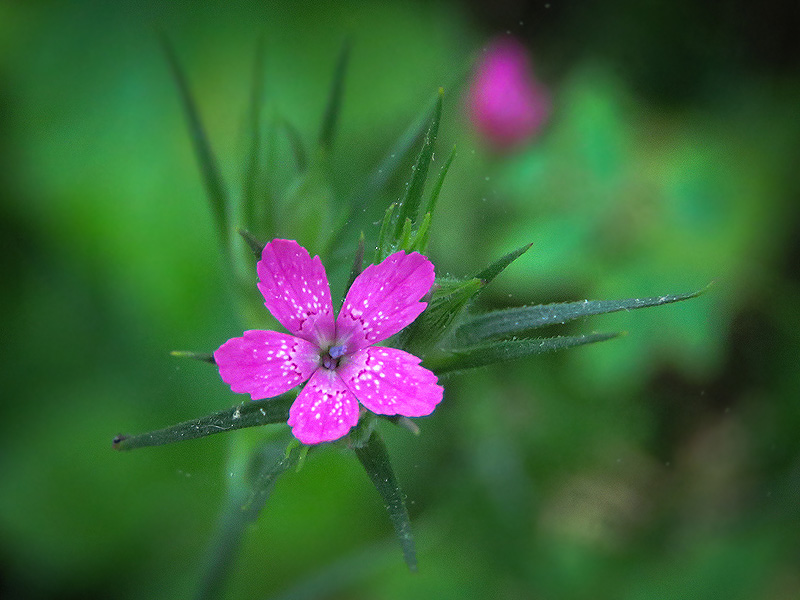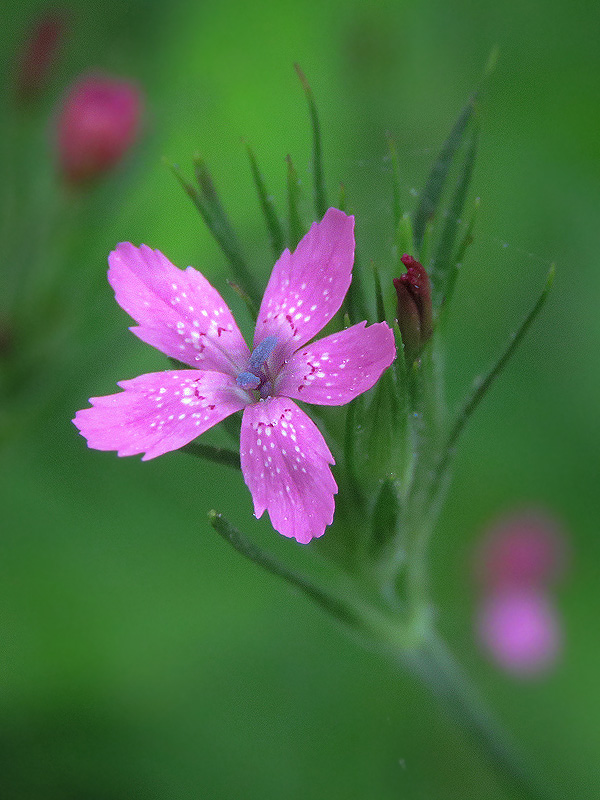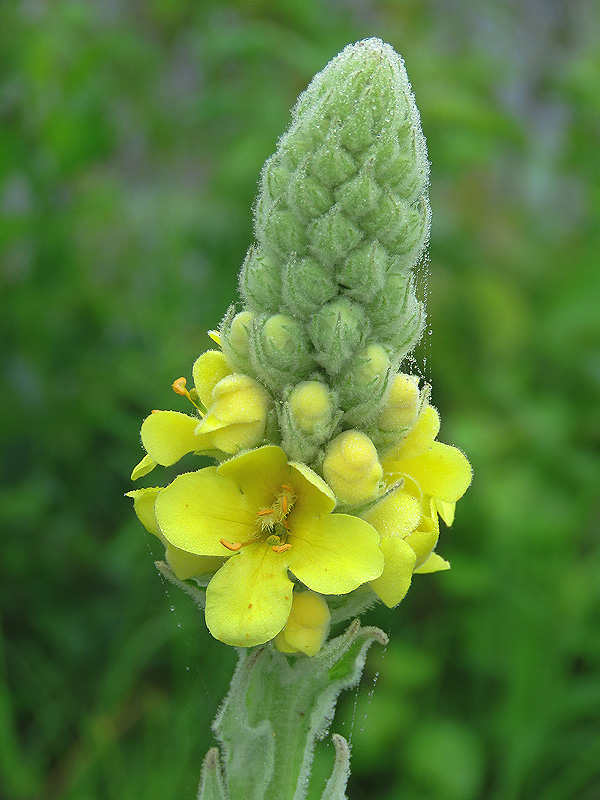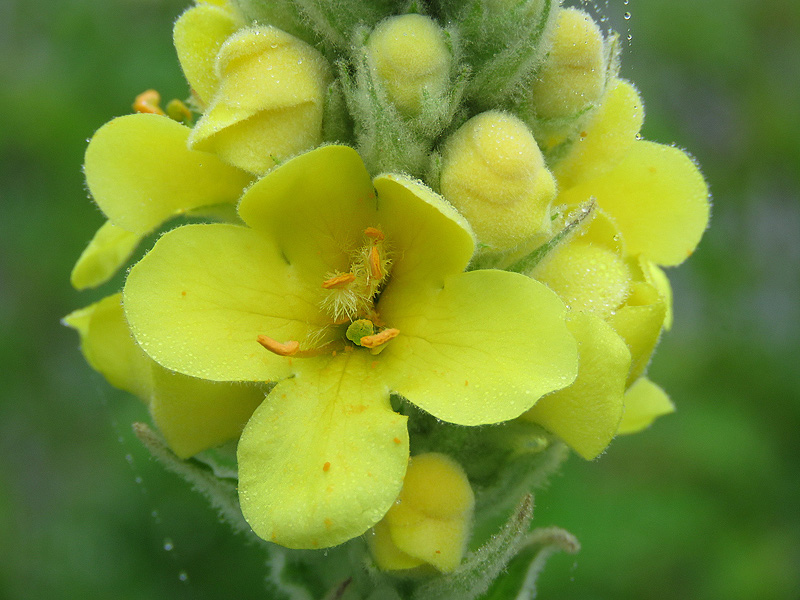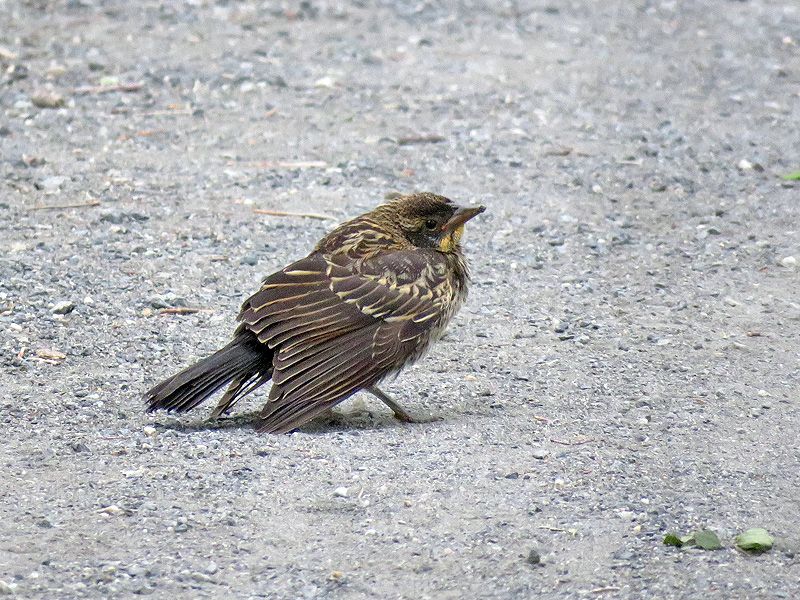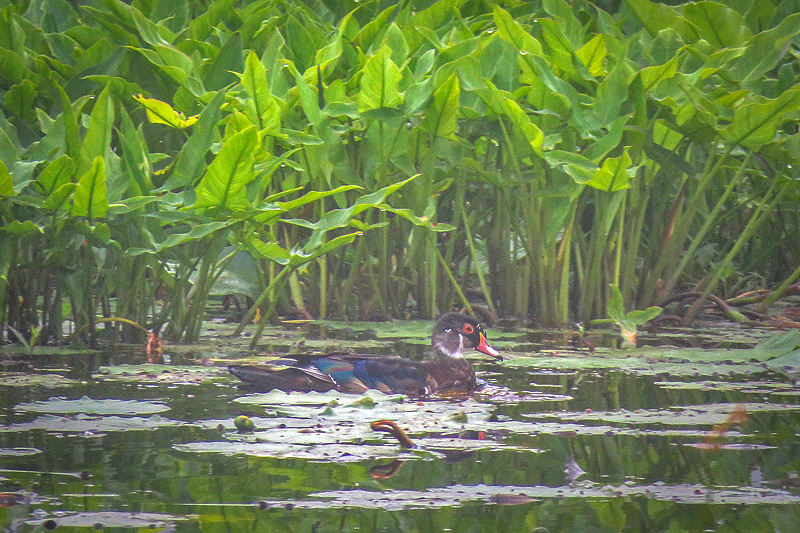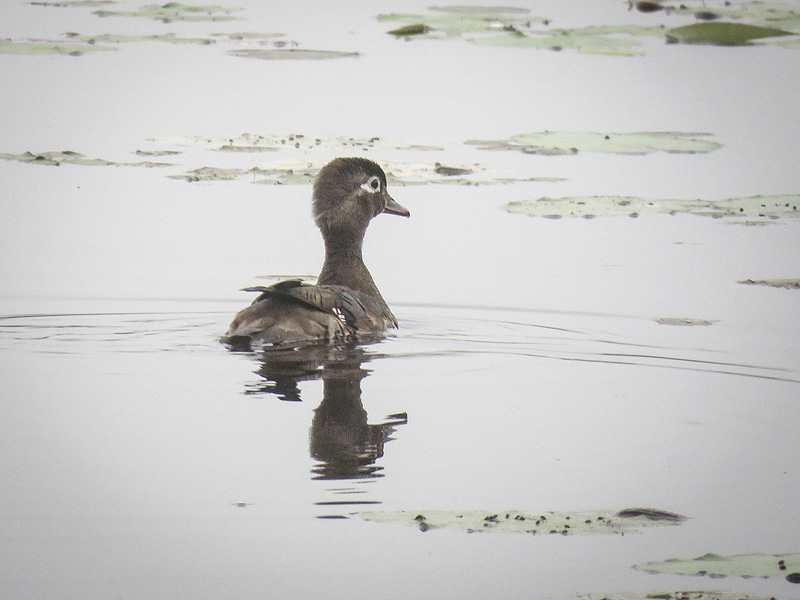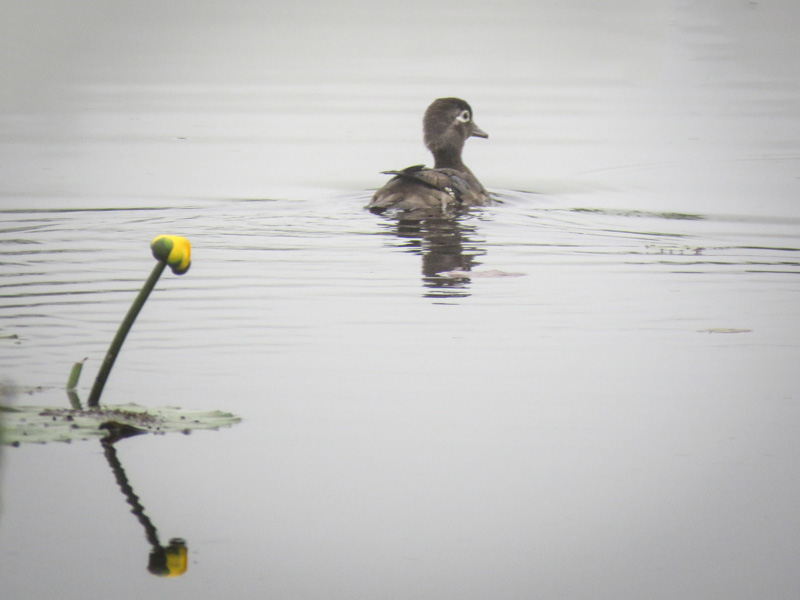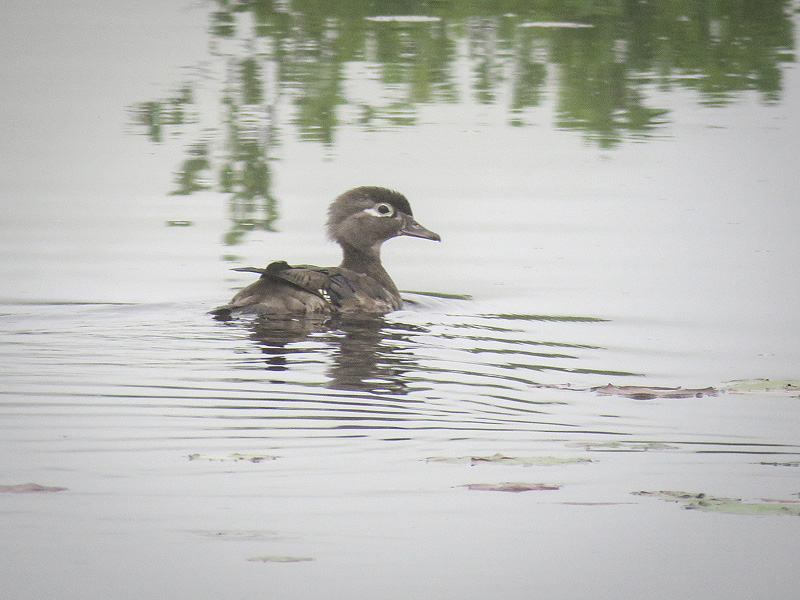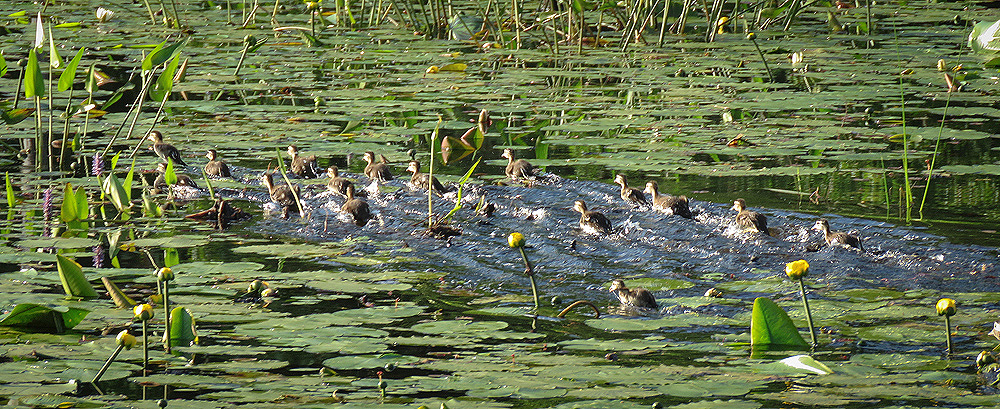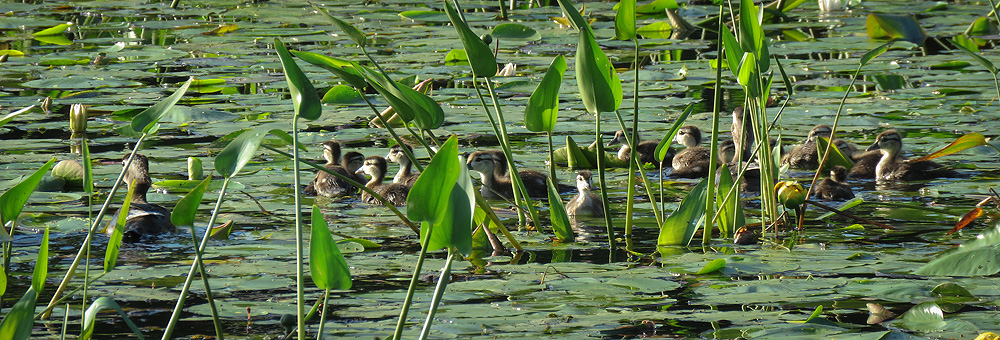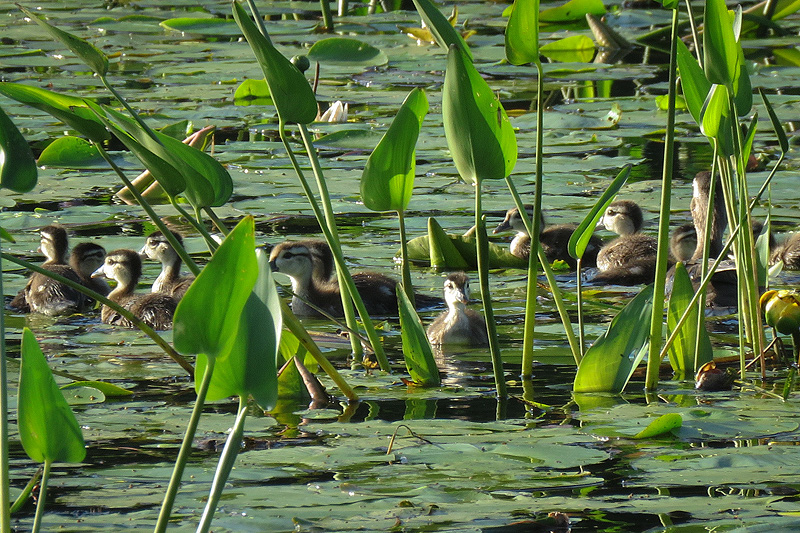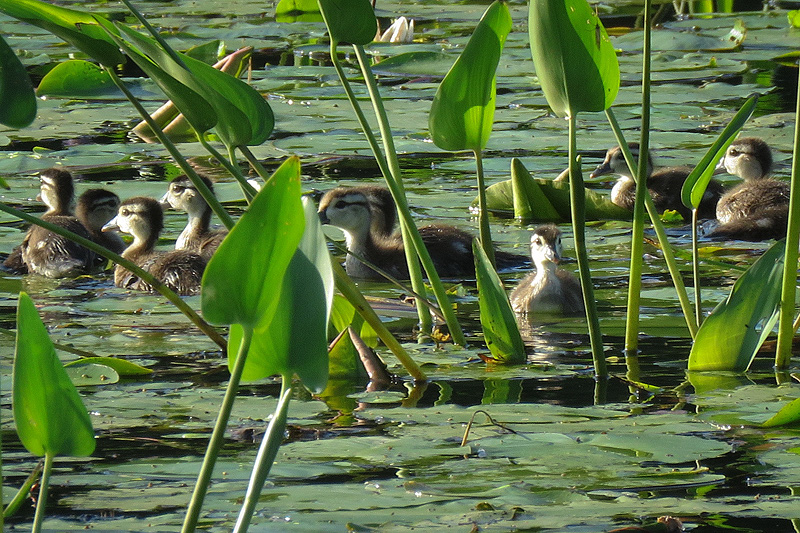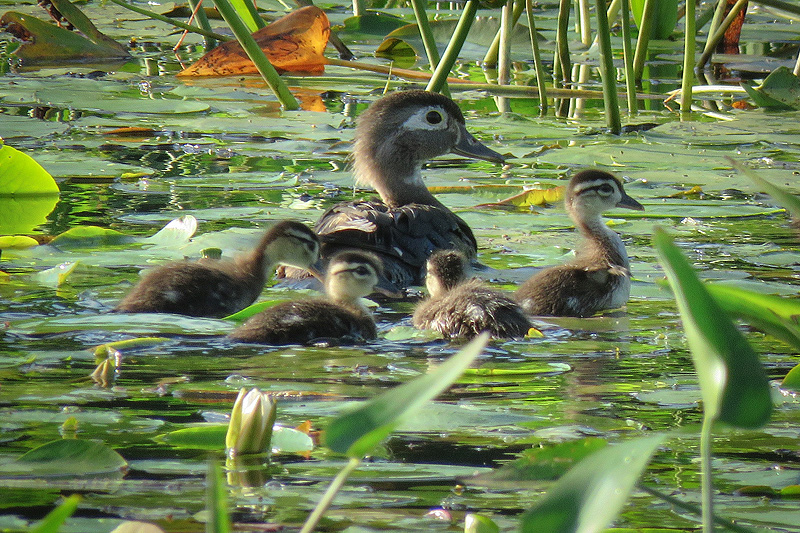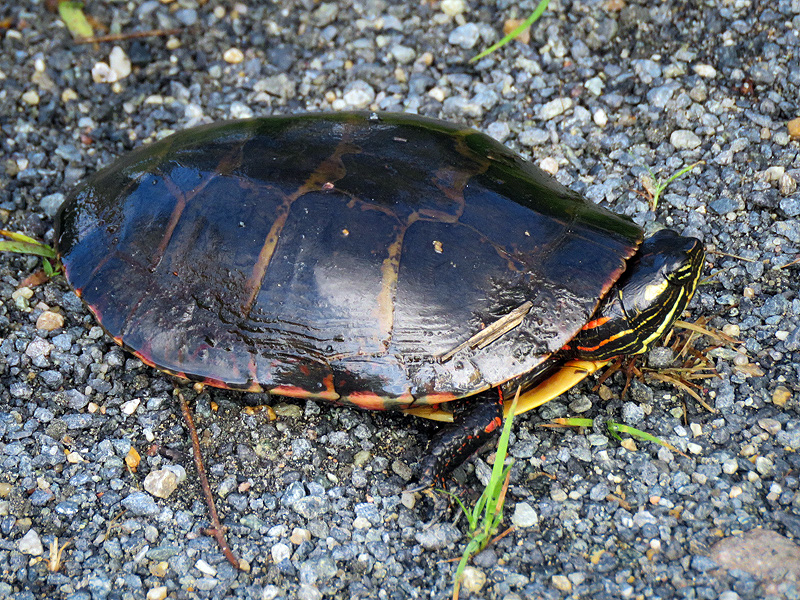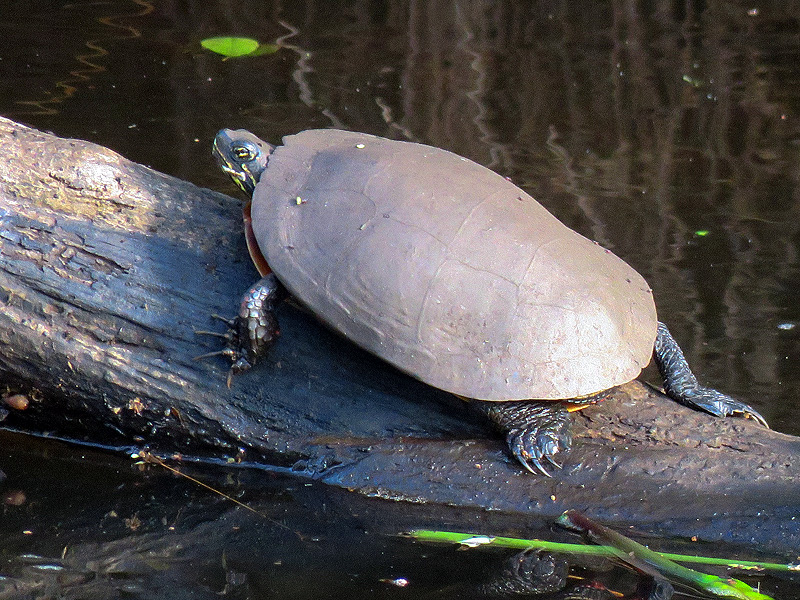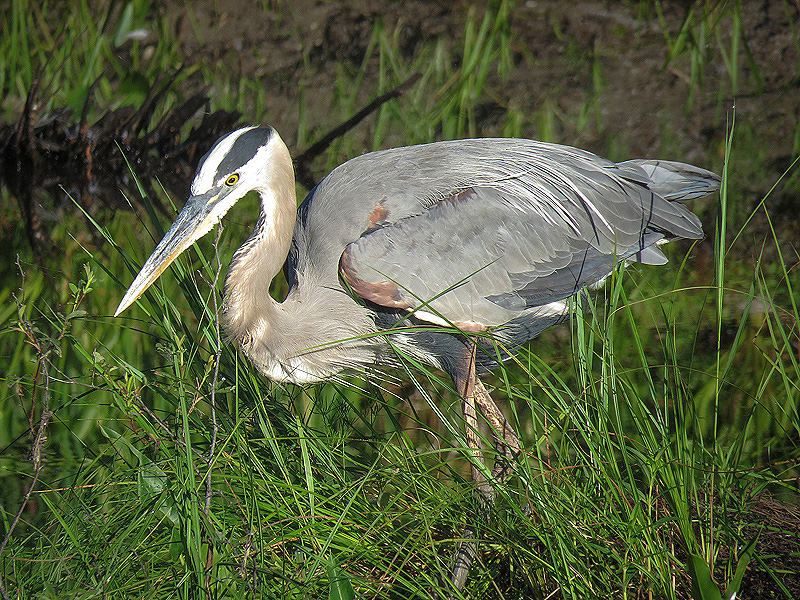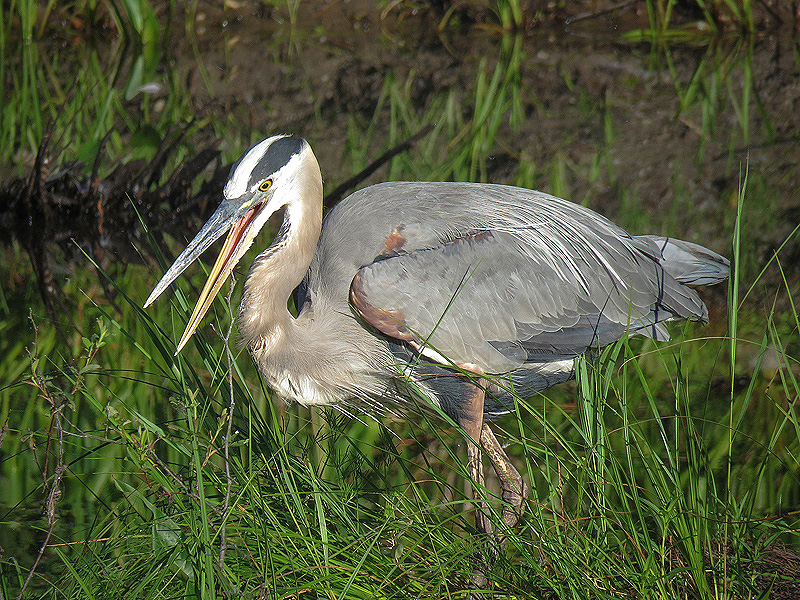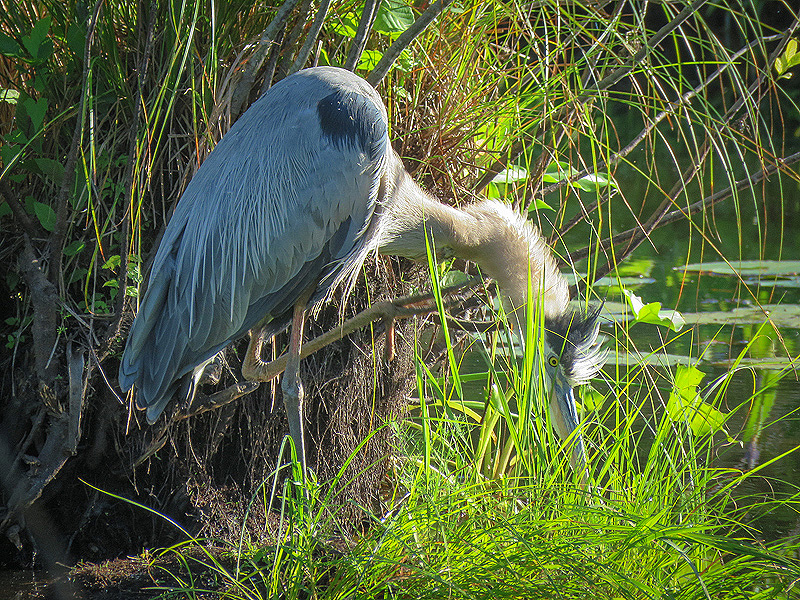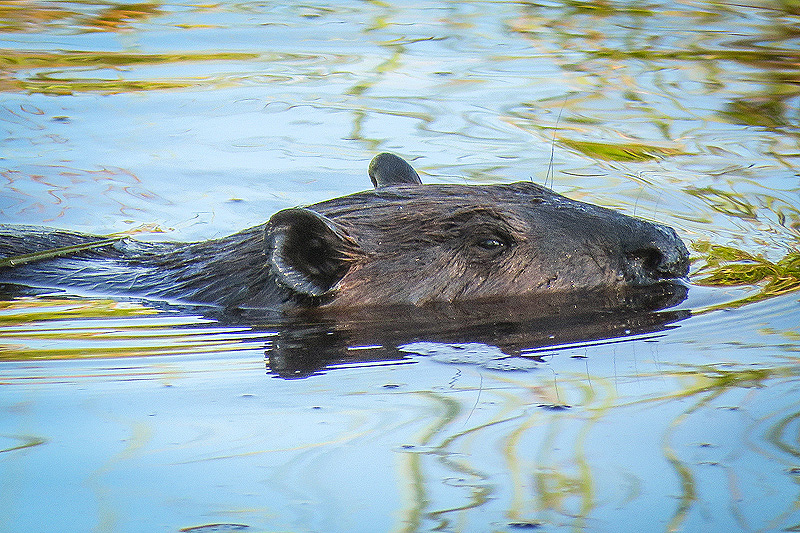Along the Air Line... 2018 - Summer, Part 1 The Air Line Trail in Eastern Connecticut - Stan Malcolm Photos |
HOME: Air Line... 2018 Pages Menu Stan's FlickR Albums |
June 21st. Raccoon (Procyon lotor). Hard to believe this the first one I've seen after sixteen years walking Raymond Brook Marsh. |
At this time of year, it's not unusual to see racoons in daylight. They've got young to feed and the marsh edges provide an abundance of freshly laid and easily dug turtle eggs. |
Yes, those are ticks. The poor raccoon |
I count at least a dozen in this view. |
Common Eastern Bumble Bee (Bombus impatiens) on Rosa carolina. |
|
|
Spreading Dogbane (Apocynum androsaemifolium). |
|
|
White-marked Tussock Moth (Orgyia leucostigma) caterpillars on Maple. |
|
I've always thought of these as toothbrush caterpillars. |
|
|
|
June 22nd. A lousy photo, but it shows the placement of the neck wound on the Great Blue Heron (Ardea herodius) that I've been watching since May 16th. Scroll down here: http://www.performance-vision.com/airline2018/airline-spring-18j.htm |
June 23rd. White-tailed Deer (Odocoileus virginianus). |
Black-eyed Susan (Rudbeckia hirta). |
|
Ox-eye Daisies (Chrysanthemum leucanthemum). |
|
Common St. Johnswort (Hypericum perforatum). |
Butter-and-eggs or Toadflax (Linaria vulgaris). |
|
Poke Milkweed (Asclepias exaltata). |
June 24th. Gypsy Moth (Lymantria dispar) caterpillars are full grown. |
Glad to see that some of them have died and liquified from disease. |
On a brighter note. I found an early instar Tiger Swallowtail (Papilio glaucus) caterpillar. At this stage, they are bird poop mimics. |
Later instars turn green and bear two false eye spots. |
See the full development cycle here: http://www.performance-vision.com/TigerSwallowtail/index-2011.htm |
Another special treat, a Unicorn Prominent (Schizura unicornis) caterpillar. Here the mimicry is of a partially eaten leaf margin. |
Not so obvious here, but the caterpillars typically rest on the margin of a leaf they've just been eating, blending in to look like the brown edge of a leaf damaged some days before. |
Pure white cocoon of an Eastern Tent Caterpillar (Malacosoma americanum). |
And a NOT A CATERPILLAR! This is the larva of a Sawfly (Also NOT A FLY). Sawflies are in the insect order Hymenoptera (bees, wasps, ants, and sawflies). They can easily be distinguished by the large single ocellus per side (Ocellus = simple eye; true caterpillars have half a dozen or so tiny ocelli per side) and by more sets of prolegs on the abdomen than found on butterflies and other moths. |
Flower Flies (Family Syrphidae) on Rosa carolina. |
Deptford Pink (Dianthus armeria). |
|
Common Mullein (Verbascum thapsus). |
|
Looks like a young and/or female Red-winged Blackbird (Agelaius phoeniceus), possibly "anting"... or begging to be fed? |
A young male Wood Duck (Aix sponsa) transitioning to adult plumage. |
A young female, ditto. |
|
|
June 25th. Two adult female Wood Ducks (Aix sponsa) out of the picture to the left, heading a flotilla of chicks away to deeper cover amid the Pickerelweed. Ducklings were motoring! |
|
|
|
|
Painted Turtle (Chrysemys picta), presumably looking for a spot to lay eggs. Nice and clean compared to... |
...basking Painted Turtles all with a coating of dried mud. Something to do with last night's heavy rain? |
June 26th. The usual Great Blue Heron (Ardea herodius). |
Fish-stabber beak. |
Time for a neck scratch. |
Guessing it's the wound that he's scratching. I can't tell if it's healing. |
First Beaver (Castor canadensis) I've seen for awhile. |
